Next live webcast: Total Lunar Eclipse of February 20-21, 2008


PHOTOGRAPHIC RESULTS
 Robert Smallegange (Leeuwarden, The Netherlands) |
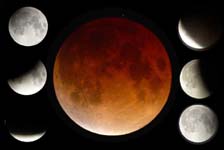 Rijk-Jan Koppejan (more) (Middelburg, The Netherlands) |
 Marcel Kanon, Riana Jongema and Lars de Ruijter (Lelystad, The Netherlands) |
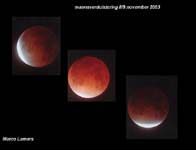 Marco Lamers (Nijverdal, The Netherlands) |
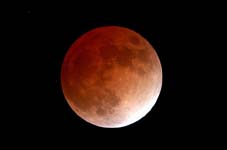 Lauri Kangas (Caledon, Ontario, Canada) |
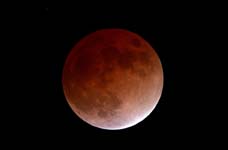 Lauri Kangas (Caledon, Ontario, Canada) |
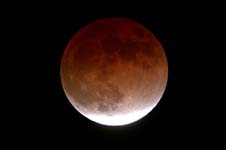 Lauri Kangas (Caledon, Ontario, Canada) |
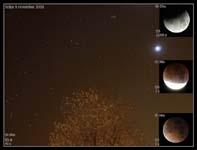 Hans Roos (The Netherlands) |
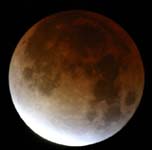 Norbert Schmidt (more) (Haarlem, The Netherlands) |
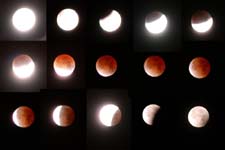 Ben de Vries (Den Haag, The Netherlands) |
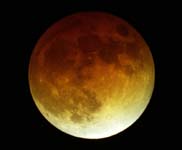 Jimmy Westlake (Steamboat Spring, CO, USA) |
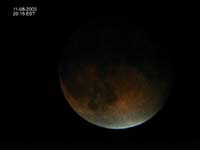 Bill Mulligan Batavia, NY, USA |
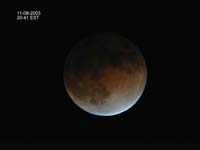 Bill Mulligan Batavia, NY, USA |
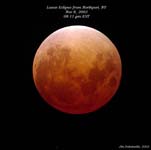 Jim Fakatselis (Huntington, NY, USA) |
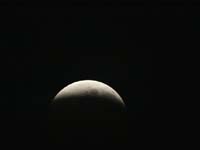 Joan en zoon Adam Jaekel (Milford, PA, USA) |
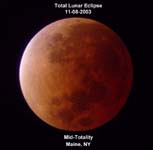 Jay Edwards (Maine, NY, USA) |
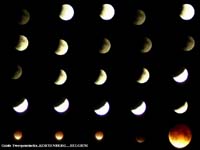 Guido Tweepenninckx (Kortenberg, Belgium) |
 David Fraser (Alberta, Canada) |
 David Fraser (Alberta, Canada) |
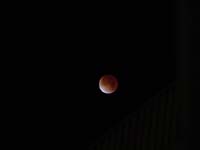 Monique Schavemade (Zoetermeer, The Netherlands) |
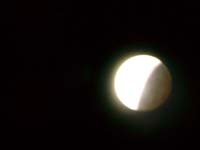 Jenny Valk (Zoetermeer, The Netherlands) |
 Ole Nielsen (Rijswijk, The Netherlands) |
 Rudy Poppelaars (Breda, The Netherlands) |
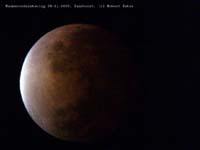 Robert Kater (Zandvoort, The Netherlands) |
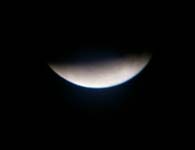 F. Naberman (Groningen, The Netherlands) |
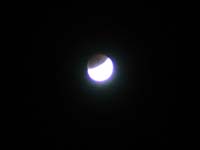 Jolanda den Outer (Schiedam, The Netherlands) |
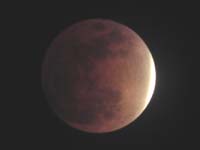 Mario Egthuijsen (Hoogerheide, The Netherlands) |
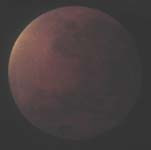 Mario Egthuijsen (Hoogerheide, The Netherlands) |
 Michiel Berger (Alkmaar, The Netherlands) |
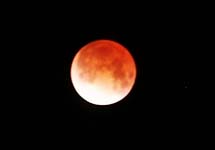 Cees Hillen (Zonnemaire, The Netherlands) |
 Martijn Gnirrep (Amsterdam, The Netherlands) |
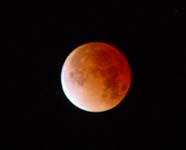 Henk Bril (more) (Nieuwstadt, The Netherlands) |
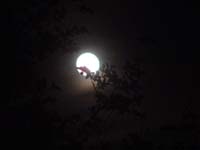 Darrell Sutton (USA) |
 Darrell Sutton (USA) |
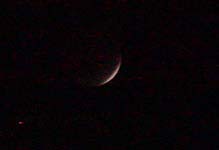 Kate Saunders (Ohio, USA) |

WEBCAST
 Live webcast by Copernicus Public Observatory (The Netherlands) |
 Live webcast by Mira Public Observatory (Belgium) |
THE ECLIPSE
The Moon encounters the penumbra, the Earth's outermost shadow zone, at 22:15 Universal Time (UT). About thirty minutes later a slight dusky shading can be noticed on the leading edge of the Moon.
|
Animation of the lunar eclipse. Courtsey: Francis Reddy. Click for full image. |
At 23:32 UT the Moon begins its entry into the innermost shadow zone, or umbra. For more than an hour a circular shadow creeps across the Moon's face. At 1:06 UT, the Moon will lie completely within Earth's dark shadow. It will then take on an eerie coppery tint that has often been compared with blood.
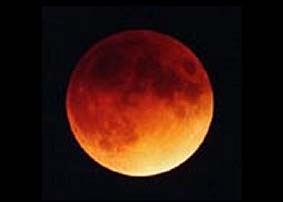 During a total eclipse the Moon shines with a orange reddish glow. |
Without Earth's atmosphere, the Moon would disappear completely once immersed in the umbra. Longer wavelengths of light penetrate Earth's atmosphere better than shorter wavelengths, which is why the rising or setting sun looks reddish. In essence, the ruddy tint of a totally eclipsed moon comes from the ring of atmosphere around Earth's limb that scatters a sunset-like glow into the umbra.
The hue actually changes from one eclipse to another, ranging from a bright coppery orange to brownish. The Moon may darken so much that it becomes all but invisible to the unaided eye. These very dark lunar eclipses often occur after exceptional volcanic eruptions.
Totality will end at 1:31 UT, when the moon's leading edge exits the umbra. The moon will leave the umbra completely at 3:05 UT, and the eclipse will end at 4:22 UT when the moon makes its last contact with the penumbra.
 Path of the Moon through Earth's umbral and penumbral shadows during the Total Lunar Eclipse of November 8-9, 2003. Courtesy: Fred Espenak |

